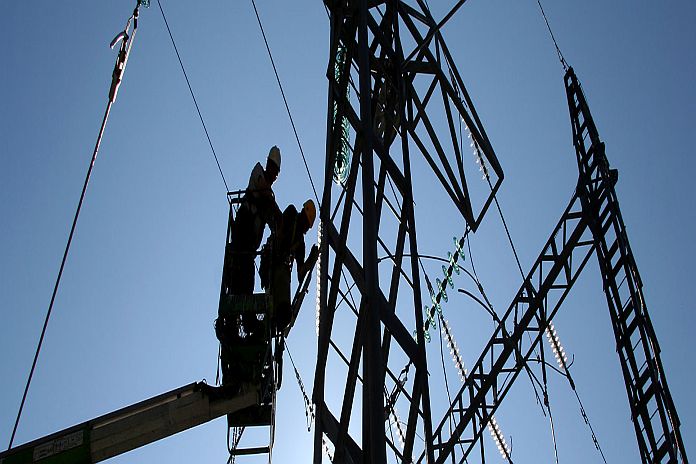By Jiaxiong Yao
When it’s cold we reach for the heater, and when it’s hot we turn on the air conditioning. A warming globe could reduce the need for hepwating in cold seasons and increase the demand for cooling when it’s hot. In principle, there is a sweet spot where it is neither too cold nor too hot to demand much electricity. The question is: where are we now relative to this sweet spot, and what are the implications?
My recent IMF staff working paper uses satellite data to examine the relationship between electricity demand and temperature. The study compares changes in electricity usage—approximated by nighttime lights recorded by satellites, which are highly correlated with electricity usage—with changes in temperature over time at subnational levels. Since electricity is often used more for cooling than it is for heating, I focus on places not extremely cold where the annual average temperature is above 0 degrees Celsius (32 degrees Fahrenheit).
The study finds that the relationship between electricity demand and temperature is generally U-shaped. At both low and high temperatures, electricity demand is high. The sweet spot is about 14.6 degrees Celsius (58.3 degrees Fahrenheit) for the annual average temperature. For much of the world, however, the average temperature has already increased beyond that sweet spot, and further temperature rises are set to increase electricity demand further.
The rise in global temperatures will continue to affect people differently depending on where they live. In hotter climates, electricity demand will likely surge to combat heat waves, while less electricity may be needed to keep people warm in colder climates.
Sub-Saharan Africa, being one of the hottest regions in the world, is most vulnerable to climate change. Its average temperature is already well beyond the sweet spot. We estimate that a 1 degree Celsius (1.8 degree Fahrenheit) increase in temperature will raise Sub-Saharan Africa’s electricity consumption by about 7 percent. Population growth and economic expansion will increase electricity demand even further, thereby compounding this challenge.
Access to affordable, reliable, sustainable and modern energy is one of the United Nations’ Sustainable Development Goals. Investing in basic energy infrastructure is especially urgent in the context of development needs. And if these efforts are to support and not compromise the fight against climate change, then it is vital that electricity is generated in a green and renewable way.
Three-quarters of the world’s households were electrified during the 20th century, a tremendous achievement. We must now increase our investment in electricity generation in a way that encourages sustainable development while helping the world adapt to, and mitigate, the defining challenge of the 21st century—climate change.
![]()





